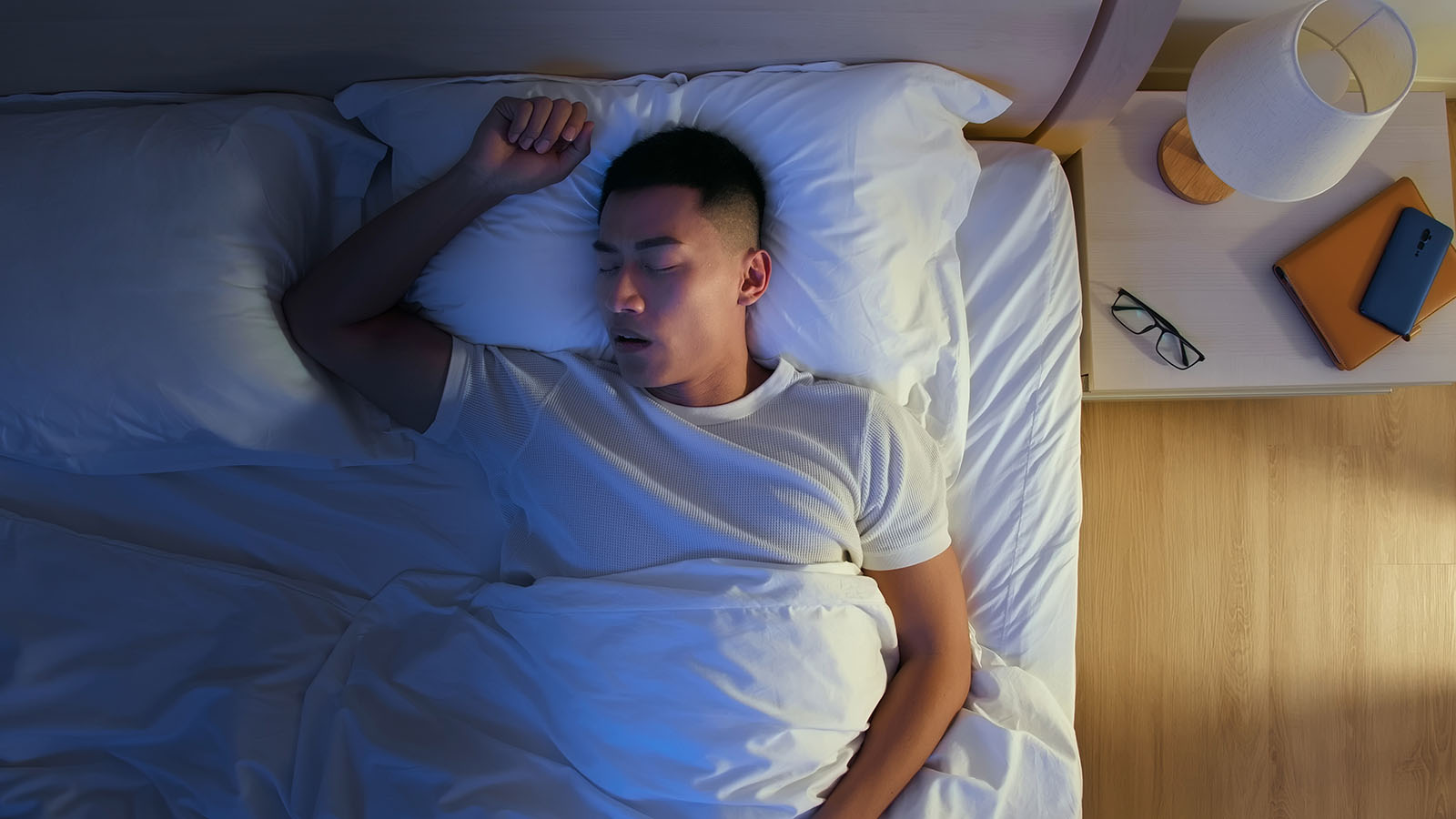Why Ignoring Snoring Risks More Than Your Sleep
We've all heard the jokes about someone who snores so loud they wake the neighbors. But snoring is no laughing matter. It can be a symptom of a life-threatening sleep disorder.

By Eric Sztejman, MD, Pulmonologist and Sleep Specialist—Virtua Pulmonology
We’ve all heard the jokes about someone who snores so loud they could "wake the neighbors." But snoring is no laughing matter. It can be a symptom of something potentially life threatening—obstructive sleep apnea (OSA).
Gasping for breath
OSA occurs when the soft tissues in the airway narrow or totally close off during sleep. This means that—for several seconds—your breathing is partially or totally obstructed. As air struggles to get through, the throat and nasal tissues vibrate, causing snoring’s telltale snorts, grunts, and sputters.
Although some snoring isn’t related to OSA, some is. Knowing the difference can be a matter of life and breath.
Episodes of OSA can lead to sudden cardiac death, an irregular heartbeat, or high blood pressure (hypertension). OSA also is linked to an increased risk for diabetes and can make diabetes harder to control.
What causes OSA?
- In both men and women, being overweight is a primary cause.
- In men, it’s often related to the anatomical structure of the face and jaw.
- In women, it usually presents after age 35, and especially during menopause as hormones decrease.
In addition, back-sleepers and people with diabetes are prone to OSA. Drinking alcohol and taking sleep medication also are common causes.
At-home sleep tests make OSA easier to diagnose
The most common complaint I hear from patients is that they’re tired of being tired. People suffering from OSA drag through life because their sleep can be interrupted up to six times every night. They end up with severe morning headaches and sense of malaise.
Fortunately, diagnosing OSA is easier than ever. Patients rarely have to spend the night at an off-site sleep study anymore because of a convenient, at-home sleep test. It consists of a small, soft clip worn on a finger, and two belt-like monitors that record a person’s sleeping data. Later, the doctor analyzes the data to make a diagnosis.
OSA treatment starts now
Once OSA is diagnosed, treatment can start immediately by using continuous positive airway pressure (CPAP). While sleeping, you wear a lightweight mask, through which continuous, mild air pressure flows to keep your airways open throughout the night. It’s a non-invasive treatment and a proven method for restoring sound, healthy sleep. I’ve had patients say that once they started using CPAP, they slept like babies for the first time in years.
Treatment for OSA also includes working on issues that may have caused the condition in the first place. This might include seeking help and support for weight loss, exercise, and diabetes management.
Your sleep time should be a restful, non-snoring experience that lets you recharge and stay in good health for the long-term.
If you or a loved one snores, take it seriously. Call 888-847-8823 for an appointment with a Virtua Sleep Center specialist.
